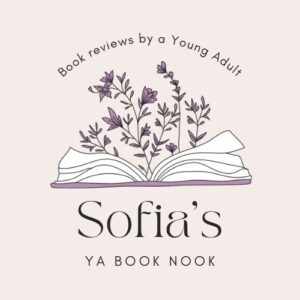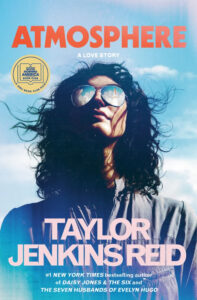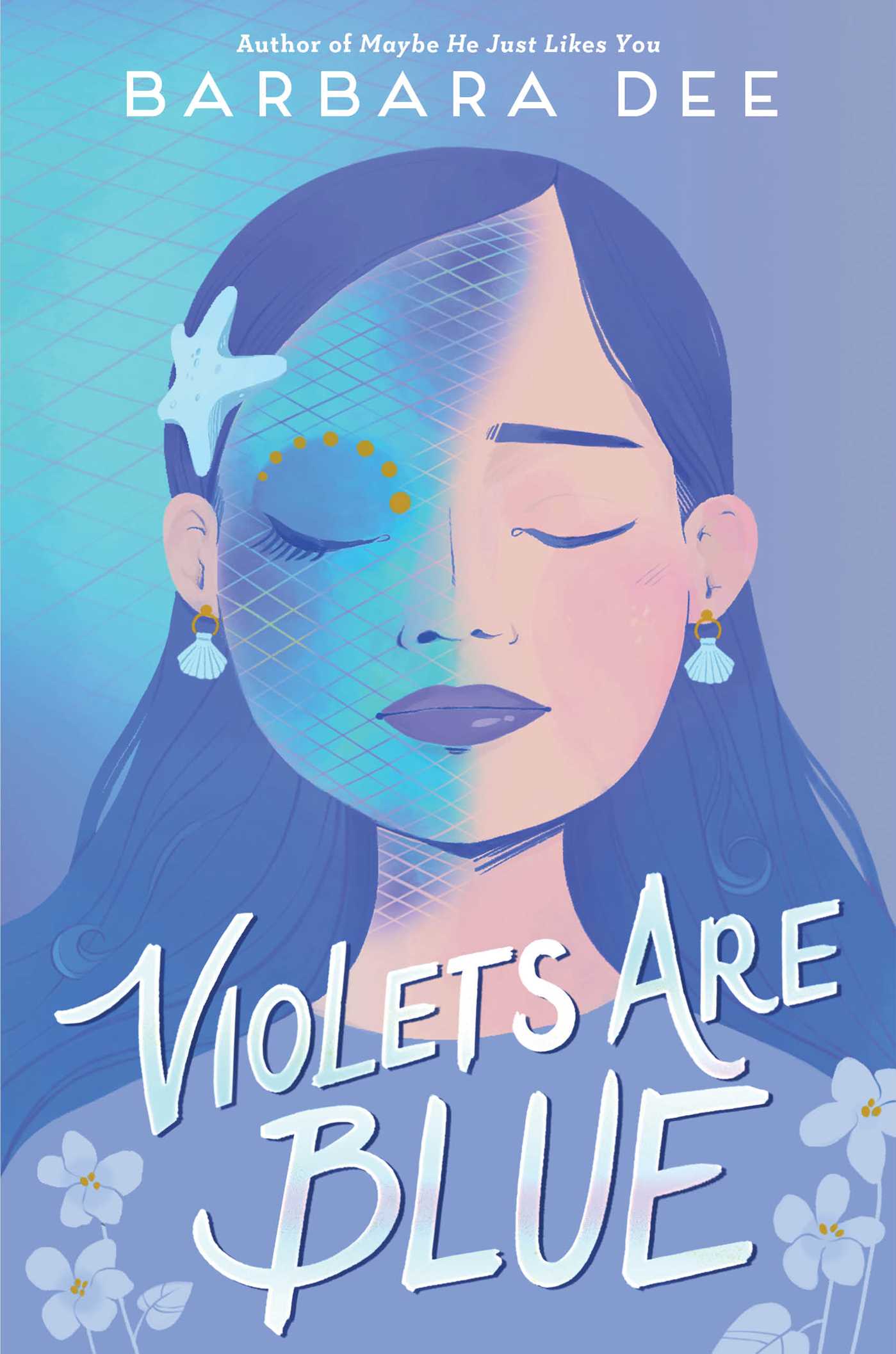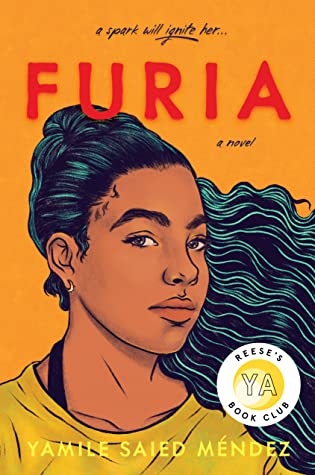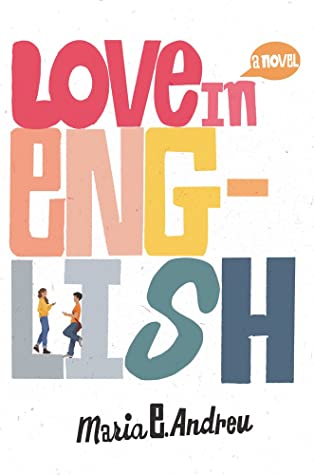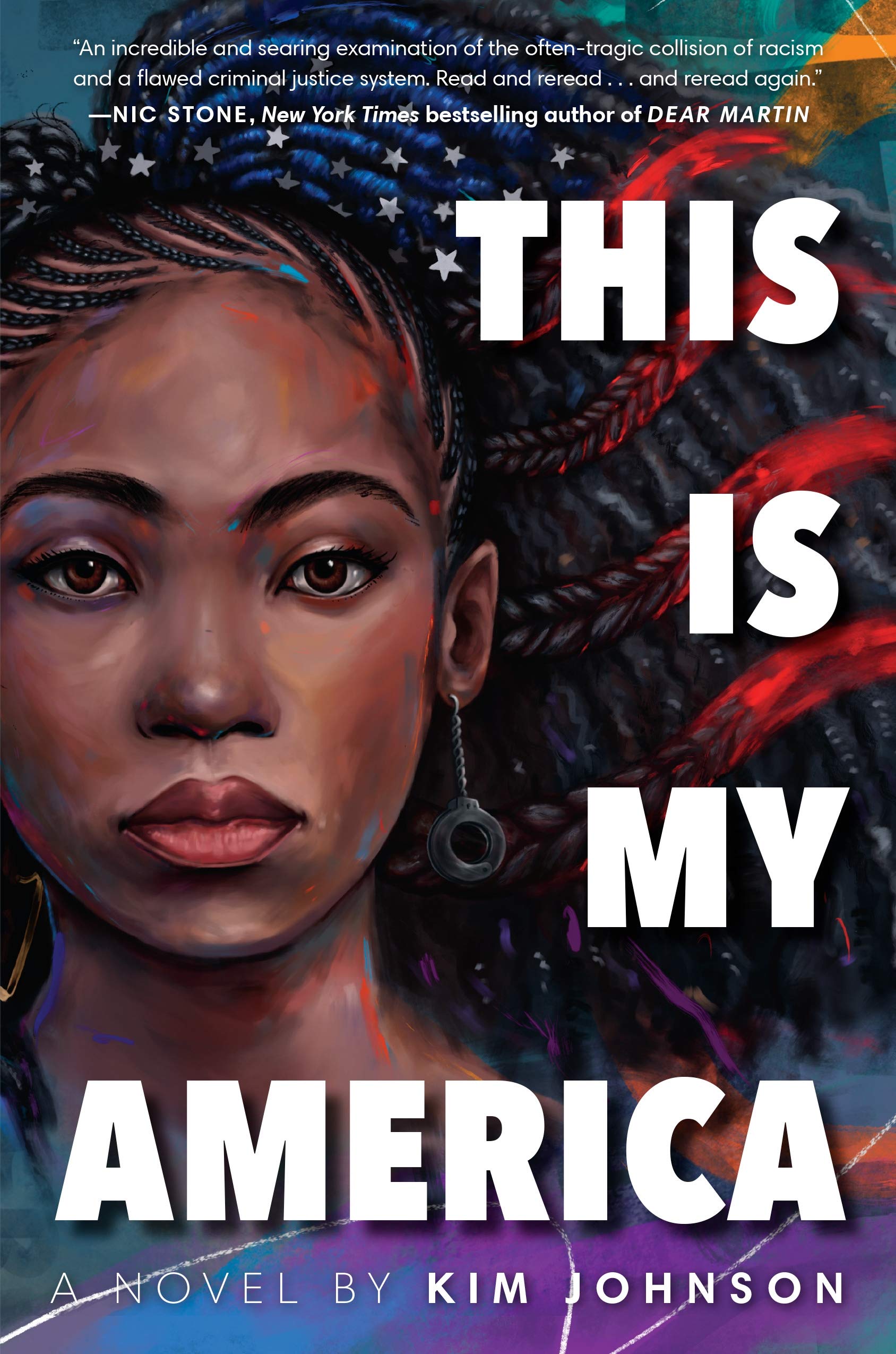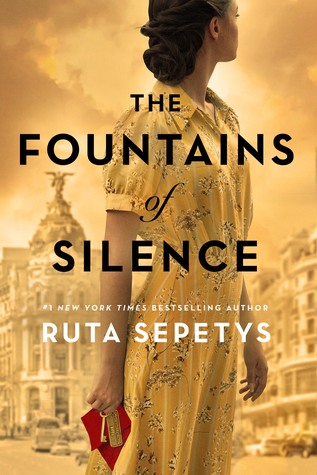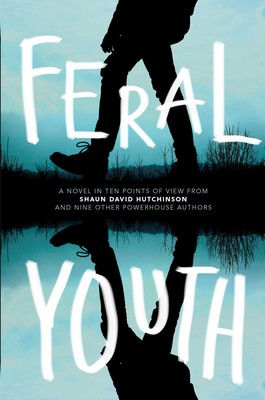Sofia is a 13-year-old brilliant reader who aspires to be a book reviewer. Since she was 8 years old, on select weeks, Sofia shares her favorite books with other young people her age! She is one of the most well-read youth that we know, so she is highly qualified for this role!
Dear readers,
I am so excited to present to you… Atmosphere by Taylor Jenkins Reid! This breathtaking story brings you along the life of one of the first women astronauts to be hired by NASA, and the challenges that come with that. Atmosphere is a historical fiction novel which takes place in the early 1980’s. I found it really interesting and inspiring to learn about how the women astronauts faced sexual discrimination but still fought for a place on spaceships. While the subtitle on the cover, “A Love Story,” suggests that this book is all about love, I found it to have a different meaning than I expected. While this book does have a romantic relationship, I would say it is more about Joan’s love for space, her niece Frances, and the universe in general. There are also a lot of amazing, and thought-provoking quotes in this book, and one of my favorites was, “To look up at the nighttime sky is to become a part of a long line of people throughout human history who looked above at the same set of stars. It is to witness time unfolding”(Jenkins Reid 44).
Goodreads Summary
Joan Goodwin has been obsessed with the stars for as long as she can remember. Thoughtful and reserved, Joan is content with her life as a professor of physics and astronomy at Rice University and as aunt to her precocious niece, Frances. That is, until she comes across an advertisement seeking the first women scientists to join NASA’s Space Shuttle program. Suddenly, Joan burns to be one of the few people to go to space. Selected from a pool of thousands of applicants in the summer of 1980, Joan begins training at Houston’s Johnson Space Center, alongside an exceptional group of fellow candidates: Top Gun pilot Hank Redmond and scientist John Griffin, who are kind and easy-going even when the stakes are highest; mission specialist Lydia Danes, who has worked too hard to play nice; warm-hearted Donna Fitzgerald, who is navigating her own secrets; and Vanessa Ford, the magnetic and mysterious aeronautical engineer, who can fix any engine and fly any plane. As the new astronauts become unlikely friends and prepare for their first flights, Joan finds a passion and a love she never imagined. In this new light, Joan begins to question everything she thinks she knows about her place in the observable universe. Then, in December of 1984, on mission STS-LR9, everything changes in an instant. Fast-paced, thrilling, and emotional, Atmosphere is Taylor Jenkins Reid at her best: transporting readers to iconic times and places, with complex protagonists, telling a passionate and soaring story about the transformative power of love, this time among the stars.
My Thoughts
Wow, this book was so impressive! When I first picked up Atmosphere from my local Free Little Library (on the day it was released, no less!), I was excited, but I did not expect the way that Atmosphere would play with my emotions, making me overjoyed in one moment, and frustrated at the characters in the next. Since I have wanted to read Carrie Soto is Back by her, as soon as I spotted her name, I instantly grabbed the book! I was on a walk with my mom and wanted to check out the newest Free Little Library, which just opened in our neighborhood! This was my first book by Taylor Jenkins Reid, but I assure you, it will not be my last! The space setting of this book made it so interesting, with the historical feature being even more intriguing! Coming along with Joan as she discovers her identity really makes you able to feel what she is going through and enjoy the book more. I love everything about Atmosphere, and I hope you enjoy it as well!
While Atmosphere is technically an Adult book, I believe it just as easily could have been classified under Young Adult, since there wasn’t anything that you wouldn’t find in a Young Adult book. I think the only reason it is an adult book is most likely the fact that it is about an adult, and her struggles. For these reasons, I would recommend this book for ages 14+!
**Thanks so much, Sofia!**
